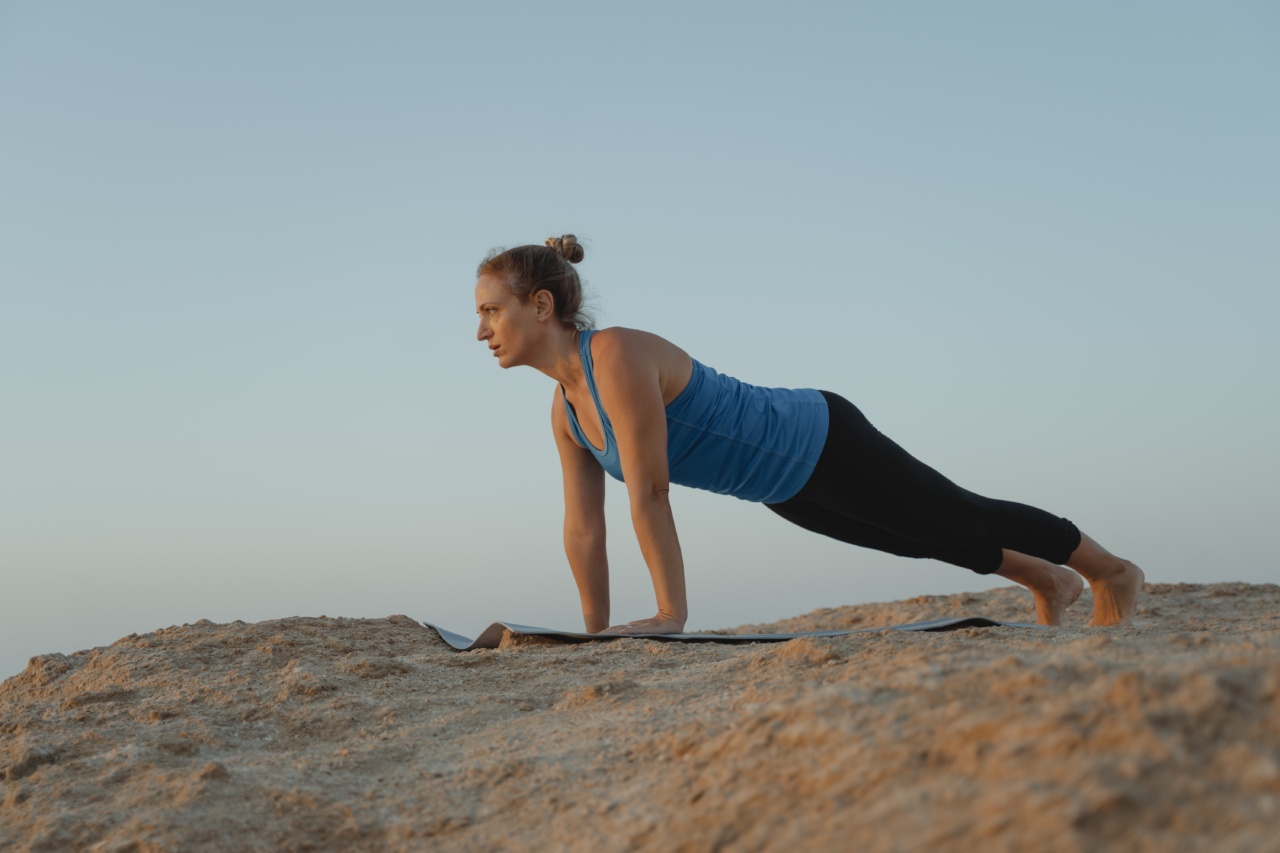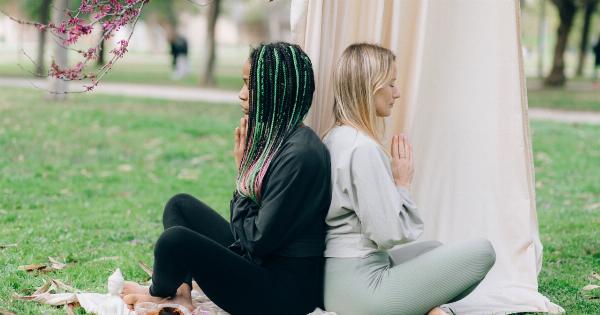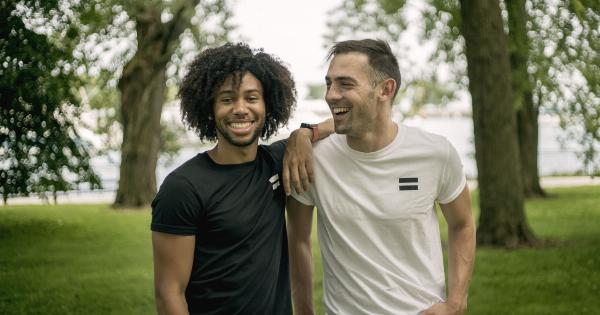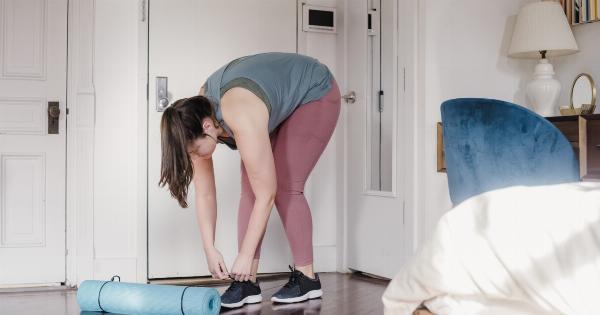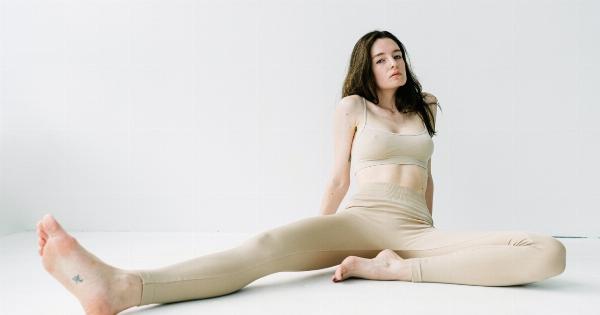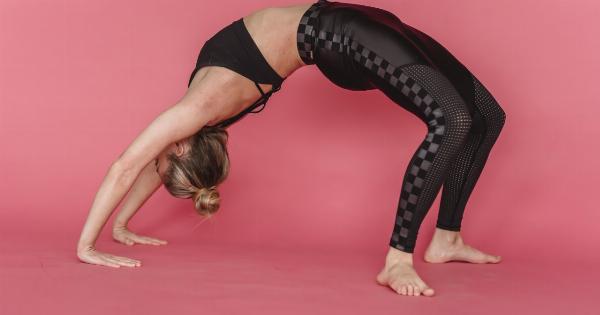Scoliosis is a medical condition characterized by an abnormal curvature of the spine. While it can be caused by a few different factors such as birth defects or injuries, most cases of scoliosis are of unknown causes, known as idiopathic scoliosis.
Yoga can be an effective therapy for people with scoliosis, as certain yoga poses can help alleviate the symptoms of the condition and reduce the degree of spinal curvature. Here are some of the best yoga exercises that can help relieve scoliosis:.
The Benefits of Yoga for Scoliosis
Yoga can help people with scoliosis in many ways such as:.
Stretching and Strengthening the Muscles
Yoga exercises can help stretch and strengthen the muscles that support the spine, helping to improve posture and reduce the degree of spinal curvature.
Yoga poses that focus on the chest, neck, and shoulders can help open up the chest and improve breathing, which can also help improve posture. Furthermore, yoga exercises can help create balance in the body and relieve tension in the spine and surrounding muscles, helping to reduce pain and discomfort.
Improving Flexibility and Mobility
Many yoga poses involve twisting, bending, and stretching the spine, which can help improve flexibility and mobility.
This can help alleviate stiffness in the spine and surrounding muscles and joints, which can be particularly beneficial for people with scoliosis who may experience aches and pains in these areas.
Reducing Stress and Anxiety
Yoga also has been shown to reduce stress and anxiety, which can be particularly helpful for people with scoliosis who may experience emotional distress due to their condition.
By practicing yoga, people with scoliosis can learn to quiet their mind and focus on the present moment, which can help reduce stress and anxiety, and improve overall well-being.
Yoga Poses for Relieving Scoliosis
Here are some yoga poses that can be particularly effective for relieving scoliosis:.
1. Standing Forward Bend (Uttanasana)
Standing forward bend is a great yoga pose that can help relieve tension in the spine and surrounding muscles, while also stretching the hamstrings and calves.
To perform this pose, stand with your feet hip-distance apart, and slowly fold forward, bending your knees as much as you need to. Place your hands on the floor or on blocks beside your feet, and let your head hang heavy. Take several deep breaths, and then slowly rise back up to standing.
2. Cat-Cow Stretch (Marjaryasana/Bitilasana)
The cat-cow stretch is a gentle movement that can help stretch and mobilize the spine, while also relieving tension in the neck and shoulders.
To perform this pose, start on your hands and knees, with your hands directly under your shoulders and your knees directly under your hips. As you inhale, arch your back, dropping your belly towards the floor and lifting your chin, looking up towards the ceiling. As you exhale, round your spine, tucking your chin towards your chest and bringing your belly towards your spine.
Repeat for several breaths.
3. Triangle Pose (Trikonasana)
Triangle pose is an excellent yoga pose for stretching the spine, hips, and hamstrings. To perform this pose, begin standing with your feet wide apart, and then turn your right foot out 90 degrees and your left foot in about 45 degrees.
Reach your right arm towards your right ankle, and extend your left arm towards the ceiling, turning your head to look up towards your left hand. Take several deep breaths, and then switch sides.
4. Downward Facing Dog (Adho Mukha Svanasana)
Downward facing dog is a classic yoga pose that can help stretch and lengthen the spine, while also strengthening the arms, shoulders, and upper back muscles.
To perform this pose, start on your hands and knees, with your hands shoulder-distance apart and your knees hip-distance apart. Lift your hips up and back, straightening your arms and legs, and creating an inverted V shape with your body. Hold for several breaths, and then release.
5. Child’s Pose (Balasana)
Child’s pose is a gentle yoga pose that can help stretch the spine, hips, and thighs, while also calming the mind and reducing stress.
To perform this pose, start on your hands and knees, and then slowly lower your hips back towards your heels, extending your arms out in front of you. Rest your forehead on the floor, and take several deep breaths.
Conclusion
While scoliosis can be a challenging condition to manage, yoga can be a helpful and effective therapy for people with scoliosis.
By practicing yoga poses that focus on stretching and strengthening the spine and the muscles surrounding it, people with scoliosis can reduce the degree of spinal curvature and improve their overall well-being.
